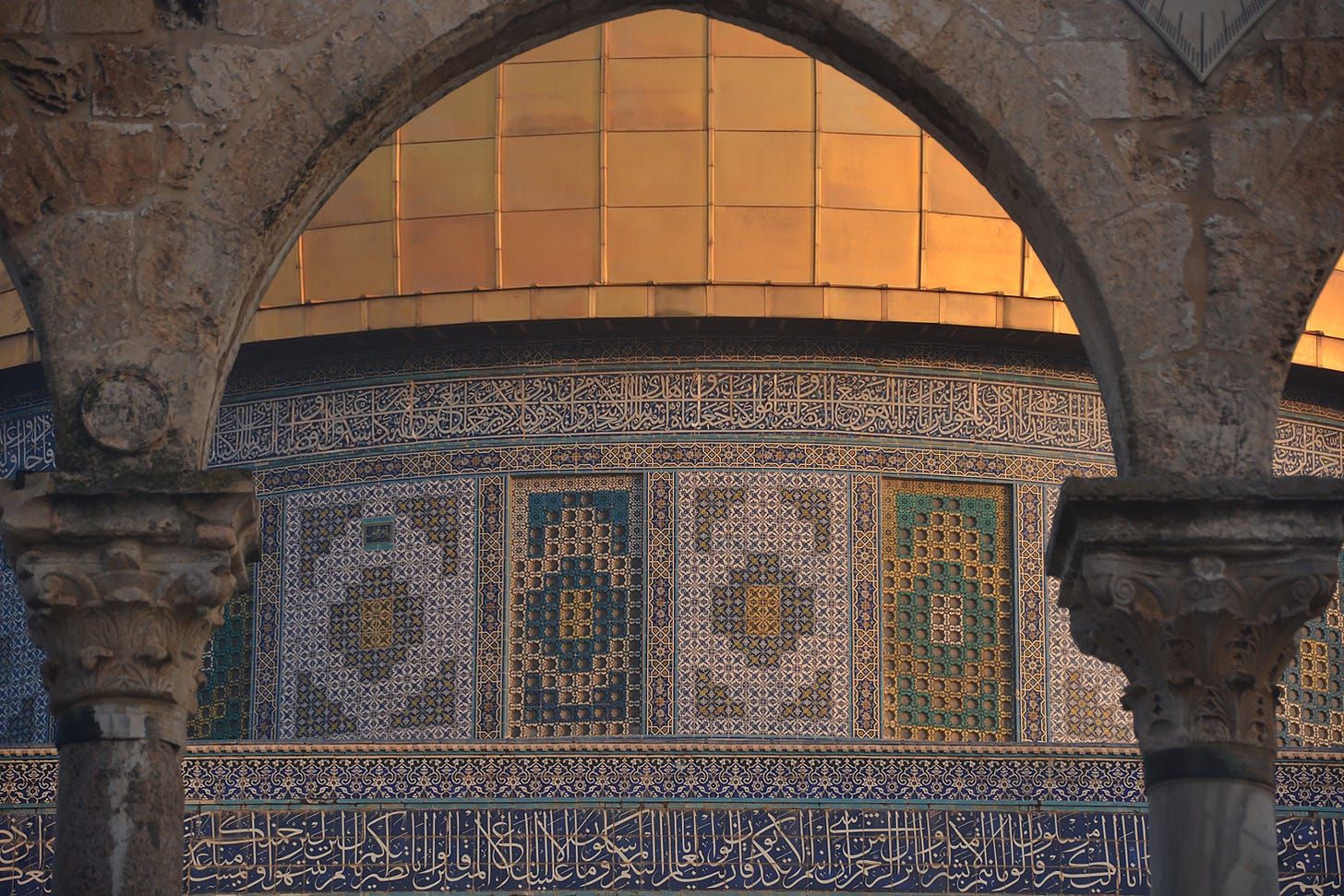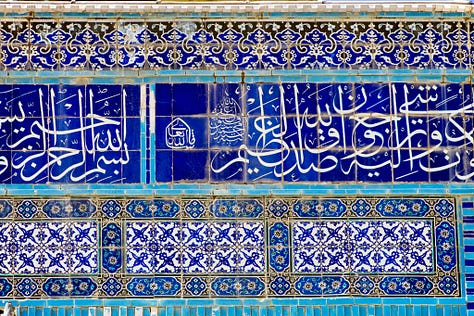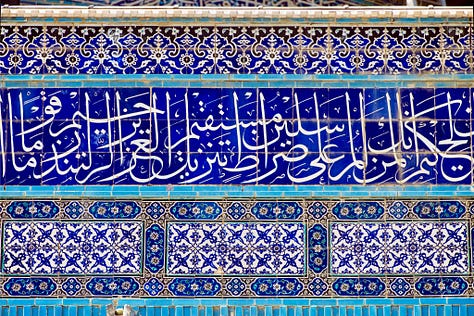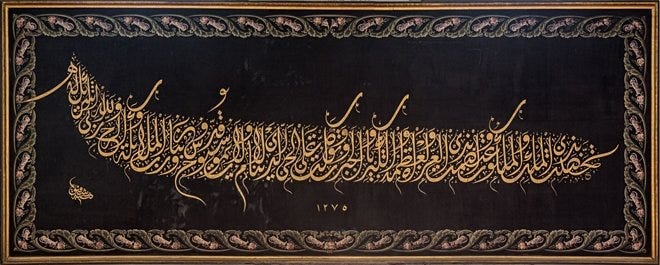Portrait: Mehmet Şefik Bey
The Life and Legacy of Mehmed Şefik Bey, one of the master calligraphers of the Ottoman Era.
Introduction
Mehmed Şefik Bey stands as a towering figure in the history of Ottoman calligraphy. Born in the Kılıçali district of Beşiktaş to Süleyman Mâhir Bey, a notable figure in the Bâbıâli Tahvil Kalemi, Mehmed Şefik Bey's journey in calligraphy is a tale of passion, dedication, and unparalleled skill.
Early Life and Education
Though the exact date of his birth is unrecorded, it's believed to be around 1820, given his death at sixty. His initial education in the Dîvân-ı Hümâyun Tahvil Kalemi laid the foundation for his future endeavours. Here, he adopted the mahlas "Sebzî," a tradition among calligraphers, continuing his family's legacy.

Pursuit of Calligraphy
Mehmed Şefik Bey’s true calling was in the artistic strokes of calligraphy. Dissatisfied with the monotonous work at Tahvil Kalemi, he ventured into studying calligraphy under the tutelage of Ali Vasfi Efendi at Galata Palace. Here, he mastered thuluth and naskh scripts, earning his ijazah, a testament to his skill and dedication.




Professional Achievements and Contributions
Şefik Bey's career flourished under Kazasker Mustafa İzzet Efendi, with whom he studied after 1837. For thirty years, he lived and learned in his mentor's house, becoming a part of the family. Sultan Abdülmecid recognized his talent, appointing him to several prestigious positions, including roles in Hademe-i Hümâyun and Muzıka-yi Hümâyun. His work for Sultan V. Murad, especially the writing of the Sultan's tughra, is a highlight of his career.

Advanced Techniques and Styles
Mehmed Şefik Bey excelled in the celî sülüs script, a large and ornate style of Islamic calligraphy. His methods were innovative, often writing directly without preliminary sketches. His remarkable ability to produce exquisite works rapidly was legendary, exemplified in his work on the Harbiye Nezâreti inscription, completed in just six hours.

Later Years and Legacy
In his later years, Şefik Bey moved to Hırka-i Şerif, in the Fatih district, to cater to his daughter's health needs. He contributed to the artistic world, notably working on the Grand Mosque of Bursa (Ulu Camii) and Chios Island (Sakız) at Sultan Abdülmecid's request. His teaching legacy is profound, having nurtured several notable calligraphers who continued his artistic vision.

Death and Memoriam
Mehmed Şefik Bey's life came to an end at the age of sixty, and he was laid to rest in the Yahyâ Efendi Lodge.
Mehmed Şefik Bey's impact on Ottoman calligraphy is immeasurable. His life was a testament to the power of dedication and creativity. His legacy inspires calligraphers and art enthusiasts, ensuring his memory and art live on in the annals of Islamic art history.






